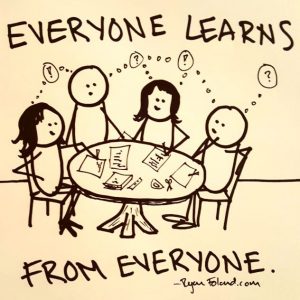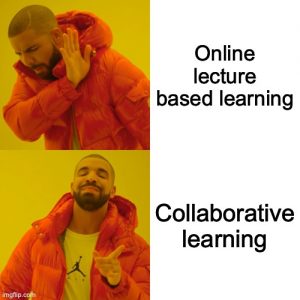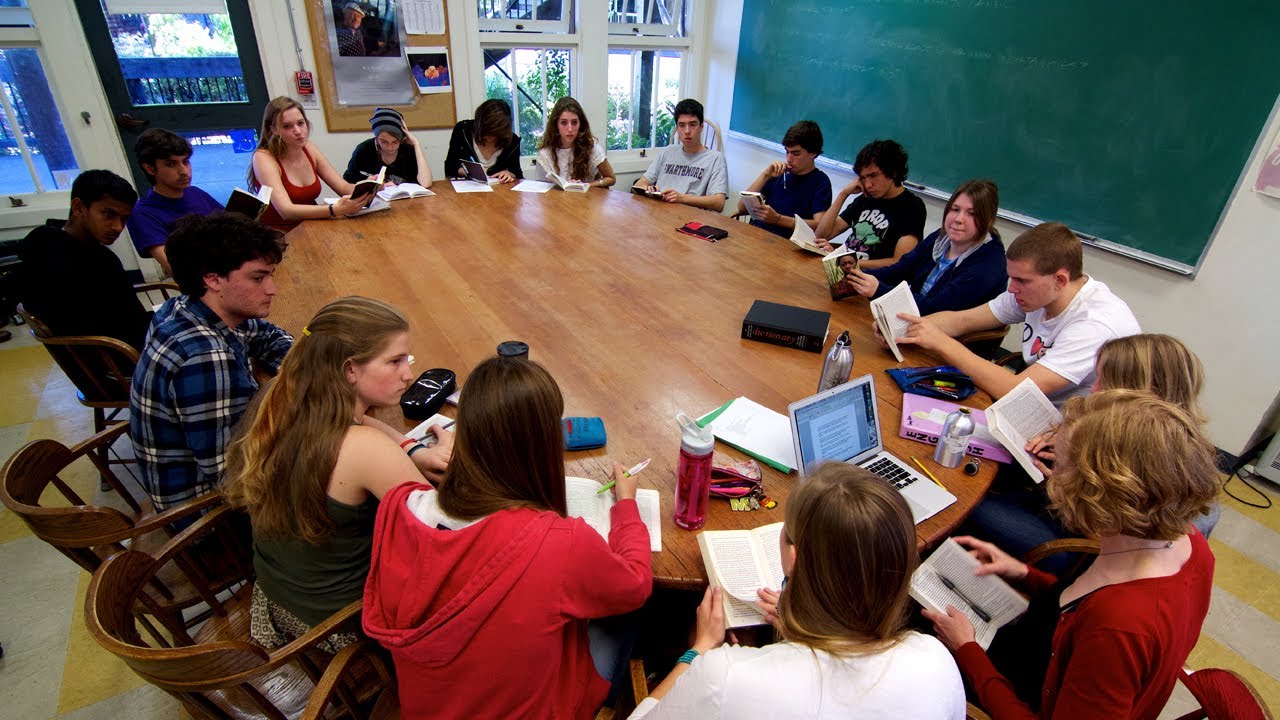The scenario in topic 3 brings into sharp focus a key challenge of collaborative learning: how can we design assessment practices that align with collaborative goals while also ensuring individual accountability? Traditional assessment models, with their emphasis on individual accomplishment, often clash with the shared learning aims of collaboration. This can make students worry about their grades suffering due to others’ actions, hindering a willingness to fully engage in the collaborative process. We must reimagine our assessment strategies to promote fairness, support individual growth alongside group development, and encourage students to embrace the full potential of collaborative learning.

A recurring worry about collaborative learning is the potential for “free-riding” or “social loafing,” where some students contribute less effort but still benefit from the work of the group. This fear, often shared by students and educators alike, can lead to a preference for individual assessment. However, simply relying on individual assessments negates the social learning aspect and misses the opportunity to develop valuable collaborative skills.
Another challenge is accurately identifying and measuring individual contributions within a group setting. How do we ensure that those who excel in communication, teamwork, conflict resolution, and other collaborative processes are recognized, alongside those who may excel in the subject matter itself? It is essential to design assessments that capture the nuanced and multifaceted nature of collaborative work.
Strategies for Collaborative Assessment
Transparency in Assessment Criteria: Clearly communicating the expectations and criteria for successful collaboration can alleviate students’ anxieties about grading and encourage a more supportive group dynamic. These criteria should outline expectations for both the group outcome and individual contributions (e.g., process-oriented criteria focused on participation, communication, etc.).
Balancing Group and Individual Marks: Using a blended approach, with a portion of the grade dependent on the overall group product and an additional portion reflecting individual contribution. Assessment methods like peer assessment and self-reflective components can contribute to this balanced approach (Falchikov & Goldfinch, 2000).
Formative Assessment for Collaborative Skill Building: Incorporate formative assessments throughout the collaborative process, providing ongoing feedback and allowing students to reflect on their strengths and areas for improvement. These low-stakes opportunities for assessment can help foster a culture of continuous learning and collaboration.
Implementation of Peer Assessment: Peer assessment can be implemented in various ways. I would incorporate it as a formative assessment tool where students provide feedback on each other’s contributions within a structured framework. This feedback would focus on specific process-oriented criteria for collaboration, moving beyond simply subjective opinions. I would start by providing clear guidelines and modeling examples of constructive peer feedback to ensure students understand the purpose and process.
Process-Oriented Criteria: These criteria would target the collaborative behaviors essential for success.
Some examples include:
- Active Participation: Contributions to group discussions, and timely completion of assigned tasks.
- Effective Communication: Clarity in expressing ideas, and respectful and constructive feedback to peers.
- Facilitation Skills: Supporting group decision-making, and encouraging participation from all members.
- Conflict Resolution: Ability to address disagreements productively, and focus on finding solutions.
By integrating peer assessment and process-oriented criteria into collaborative projects, we can shift students’ perspectives in several ways. This approach emphasizes collaboration as a skill to be developed, not just a means to an end. It reduces anxieties around grades as individual effort and contributions toward the group process become visible and valued. Furthermore, students become invested in each other’s success, as they realize their feedback influences peers’ learning and performance.


April 25, 2024 at 4:02 pm
Hi Saad, I enjoyed reading your reflection! You made a really good point when you mentioned that assessments currently do not capture the reality of teamwork distribution and collaboration. I think it’s because we are geared to grading the product to the point of neglecting the process behind it.